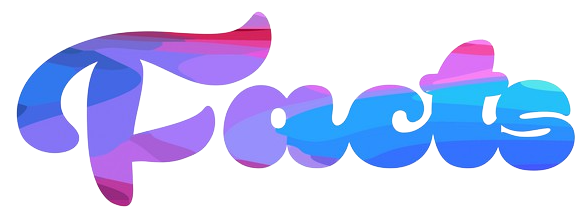The life of your program does not begin when the code is written and ends when it is released. Instead, it has an endless life that stops and starts as required. The launch marks the beginning of its lifespan and the commencement of a significant amount of labor.
Software is always changing, therefore it must be closely monitored and maintained for the duration of its usage. This is mostly to accommodate internal organizational changes, but it is also necessary due to the constant evolution of technology.
Your software may need maintenance for a variety of reasons, including keeping it up and running, adding new features, reworking the system to accommodate future changes, moving to the cloud, or making other adjustments. Whatever your reason for maintaining software is, it is critical to your company’s success. As a result, software maintenance entails more than just detecting and addressing defects. It’s about keeping your company’s heart beating.
Software maintenance may be divided into four categories:
- Corrective Software Maintenance
- Adaptive Software Maintenance
- Perfective Software Maintenance
- Preventive Software Maintenance
Software support services are provided by the company Dewais.
Maintenance of Corrective Software
The term “corrective software maintenance” is often used to describe any kind of maintenance. Correct software maintenance resolves problems and flaws in software applications that may affect your product’s design, logic, and code. Corrective software maintenance may help you detect bugs before your consumers do, which can boost your brand’s image.
Also, read #3 SIGNS OF A GREAT SOFTWARE DEVELOPMENT AGENCY
Maintenance of Adaptive Software
Adaptive software maintenance becomes vital when the environment in which your program operates changes. Changes to the operating system, hardware, program dependencies, Cloud storage, or even changes within the operating system may all contribute to this.
Organizational policies or regulations are sometimes reflected in adaptive software maintenance. When upgrading services, changing vendors, or moving payment processors, adaptive software maintenance may be necessary.
Maintaining Perfect Software
The development of current needs and features in your system is the focus of perfective software maintenance. Users may notice things that you didn’t spot, or they may offer new features that they’d want to see in the product, which might lead to future projects or updates.
Perfective software maintenance takes over part of the labor, including introducing features that improve user experience and deleting those that are no longer useful or functional. This might include features that aren’t being utilized or that aren’t assisting you in achieving your objectives.
Preventative Software Upkeep
Software that may help you avoid problems Maintenance allows you to make adjustments and alterations to your program so that it lasts longer. The goal of this form of maintenance is to keep your program from deteriorating as it evolves. Code optimization and documentation updates are examples of these services.
Preventive software maintenance lowers the risk of running software for an extended period of time by making it more stable, intelligible, and maintainable.
Also, read SALON MANAGEMENT SOFTWARE FACTS | YOU SHOULD KNOW ABOUT SALON MANAGEMENT SOFTWARE?
Software maintenance is a crucial component of the software development lifecycle for all enterprises and organizations. This is not a task that can be avoided or skipped. It’s critical to your software’s success and future development. It’s critical to understand that software maintenance entails much more than just repairing problems or bugs – it’s only one stage in the process.
The software maintenance examples also include things like updating software environments, preventing degradation, and improving what’s currently there to meet the demands of all users.
